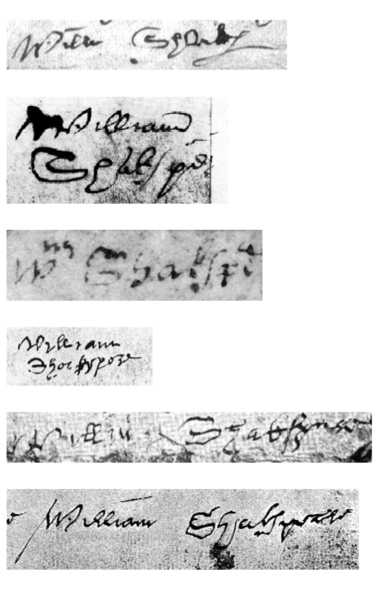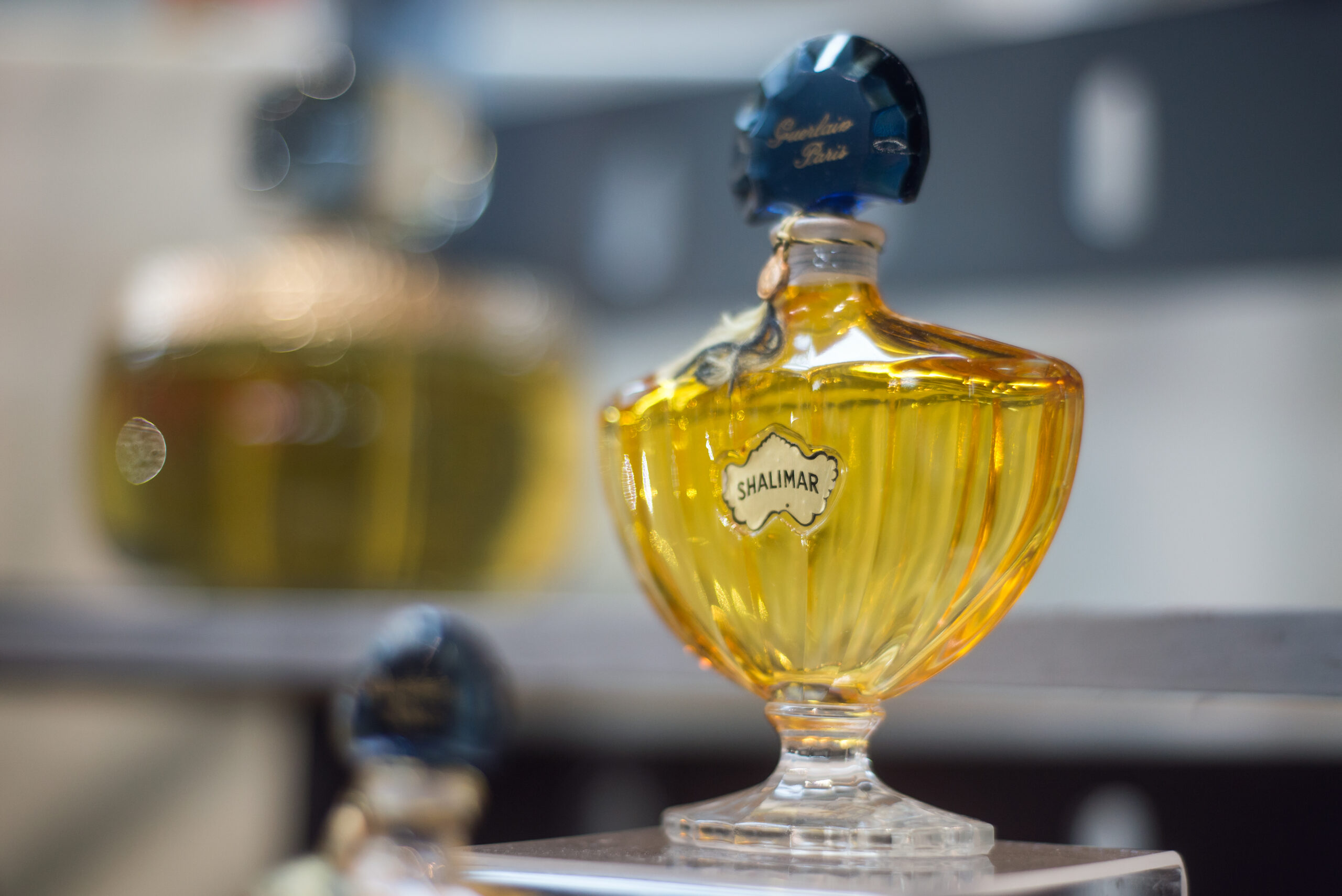Markets have been the lifeblood of ancient civilizations. These bustling centers were places where cultures mingled, ideas flourished, and economies thrived. They weren’t just trading hubs but also vibrant social spaces filled with life and energy. Let’s journey through history to discover the most remarkable ancient markets.
Agora of Athens (Athens, Greece)

The Agora of Athens was more than a marketplace; it was the epicenter of ancient Greek public life. Located at the foot of the Acropolis, it combined trade, politics, and culture in one dynamic space. Merchants sold essential goods like grains, olive oil, and ceramics, while stalls also offered luxury items such as perfumes and fine jewelry. Philosophers like Socrates and Aristotle frequented the Agora, engaging in debates and teaching their students. The space also hosted festivals, processions, and legal trials. Architectural wonders like the Stoa of Attalos, a covered walkway for shops, added to its grandeur. Its multifaceted role made the Agora a symbol of Athens’ intellectual and economic power.
Grand Bazaar of Istanbul (Constantinople, Turkey)

The Grand Bazaar, established in 1455, stands as a testament to Istanbul’s rich trading legacy. Spanning over 61 streets with more than 4,000 shops, it was meticulously organized into sections based on the goods sold. Traders offered exotic spices, handwoven carpets, intricate ceramics, and gleaming gold jewelry. The market had designated hans (inns) for merchants to rest and store their goods. Its vaulted ceilings and beautifully adorned domes reflect Ottoman architectural brilliance. Beyond trade, the bazaar became a melting pot of cultures, with traders from Europe, Asia, and Africa exchanging not only goods but also traditions. Its enduring charm lies in its ability to blend history with vibrant commerce.
Trajan’s Market (Rome, Italy)

Trajan’s Market, built in the early 2nd century AD, revolutionized the concept of marketplaces. This multi-level shopping complex, nestled on the slopes of the Quirinal Hill, featured over 150 shops and administrative offices. The market offered a vast array of goods, from fine fabrics and imported spices to everyday essentials like grains and fresh produce. Its semi-circular structure and innovative use of concrete showcased Roman engineering prowess. Beyond commerce, the market housed libraries and legal offices, integrating civic functions into the space. It catered to both the elite and common citizens, reflecting the diversity of Roman society. Today, it stands as a marvel of urban planning and architecture.
Silk Market of Chang’an (Xi’an, China)

The Silk Market of Chang’an was a key node in the ancient Silk Road network during the Tang Dynasty. This sprawling market attracted merchants from Persia, India, Central Asia, and beyond. Traders dealt in silk, porcelain, spices, and tea, while foreign goods like glassware and gemstones were highly sought after. The market’s vibrant atmosphere was enhanced by street performers, musicians, and food stalls offering delicacies. It played a pivotal role in cultural exchange, introducing Chinese inventions and art to the West while bringing new technologies and ideas to the East. Chang’an’s market was not just a trading hub but a beacon of China’s prosperity and global influence.
Bazaar of Tabriz (Tabriz, Iran)

The Bazaar of Tabriz, a sprawling network of interconnected halls and caravanserais, has been a cornerstone of trade in Iran for over a millennium. Positioned on the Silk Road, it bridged trade routes between Asia and Europe. The bazaar specialized in Persian carpets, silks, spices, and exquisite jewelry, drawing traders from diverse backgrounds. Its domed structures ensured natural lighting and ventilation, enhancing the shopping experience. Religious and educational institutions within the bazaar added to its cultural significance. Regular festivals and ceremonies brought life to its bustling corridors. Tabriz’s bazaar was not just a trading center but a testament to Persian architectural and cultural heritage.
Souk of Marrakech (Marrakech, Morocco)

The Souk of Marrakech, established in the 11th century, remains one of Morocco’s most iconic markets. This maze-like marketplace is divided into sections, each specializing in goods like leather goods, lanterns, spices, and vibrant textiles. The air is filled with the aroma of saffron, cumin, and rose petals. Artisans can be seen crafting pottery, weaving rugs, and carving wood. Beyond commerce, the souk was historically a gathering place for storytellers, musicians, and healers. Its central square, Jemaa el-Fnaa, was a hub of entertainment and social interaction. The Souk of Marrakech is a living embodiment of Moroccan culture and tradition.
Delos Market (Delos, Greece)

The Delos Market thrived during the height of ancient Greek civilization. The island of Delos, revered as a sacred site, became a bustling free port that attracted traders from across the Mediterranean. Its strategic location made it a hotspot for the trade of olive oil, wine, and luxury goods like ivory and precious metals. Delos was also a major hub for the slave trade, a controversial yet significant aspect of its economy. The market’s cosmopolitan nature was reflected in the diversity of goods and people it hosted. Public buildings, warehouses, and open plazas formed the backbone of this dynamic trading hub, which symbolized the maritime prowess of ancient Greece.
Persepolis Marketplace (Persepolis, Iran)

The Persepolis Marketplace was a thriving hub in the Achaemenid Empire. It served as a vital point for exchanging goods within the empire and beyond. Traders brought luxurious items like Persian carpets, gold, and gemstones, while spices, textiles, and exotic animals arrived from distant lands. The market’s location near the grand palace complex added to its prestige. Intricate carvings on the surrounding structures depicted the diversity of goods and traders who visited. It was more than a marketplace; it symbolized the wealth and cultural diversity of ancient Persia.
Faiyum Market (Faiyum, Egypt)

The Faiyum Market flourished in ancient Egypt as a center for agricultural trade. Situated near fertile lands fed by the Nile, it became known for its abundance of grain, fruits, and papyrus. Traders also brought pottery, jewelry, and spices from other regions. The market’s layout featured open spaces for bartering and warehouses for storage. Its proximity to key trade routes connected Faiyum to larger markets in the Mediterranean and Africa. The Faiyum Market was a testament to Egypt’s agricultural and economic prowess.
Apollonia Marketplace (Albania)

The Apollonia Marketplace was a prominent trading center in ancient Illyria. Located near the Adriatic Sea, it attracted merchants from Greece, Italy, and the Balkans. The market was known for its olive oil, wine, and ceramics, which were highly prized across the Mediterranean. Its position along major trade routes allowed it to serve as a bridge between Eastern and Western cultures. The marketplace also hosted cultural and social gatherings, reflecting the cosmopolitan nature of Apollonia. Its influence on regional trade made it a cornerstone of ancient commerce.
Market of Petra (Petra, Jordan)

The Market of Petra thrived in the Nabataean Kingdom as a key trade hub. Situated along caravan routes, it connected Arabia, Egypt, and the Levant. Traders brought spices, incense, silk, and precious metals, making Petra a bustling center of commerce. The market was strategically located near Petra’s monumental architecture, including its iconic Treasury. Its vibrant stalls and warehouses catered to both local needs and international trade. The market symbolized Petra’s significance as a commercial and cultural crossroads in the ancient world.
Cholula Market (Cholula, Mexico)

The Cholula Market was a vital trade hub in Mesoamerica during the pre-Columbian era. Situated near the Great Pyramid of Cholula, it attracted traders from across the region. Goods like cacao, obsidian, textiles, and ceramics were exchanged in this bustling market. Its vibrant atmosphere reflected the cultural richness of the region. The market also played a key role in religious ceremonies, with offerings made to the gods. Cholula’s strategic location made it a melting pot of Mesoamerican cultures, solidifying its importance in ancient trade networks.
Bukhara Bazaar (Bukhara, Uzbekistan)

The Bukhara Bazaar was a key stop on the Silk Road, linking East and West. It boasted intricate domed structures and caravanserais where merchants sold silk, spices, and jewels. The bazaar’s strategic location in Central Asia made it a hub for cultural and economic exchange. Traders from China, India, and Persia gathered here, bringing a variety of goods and traditions. Beyond commerce, the bazaar hosted religious scholars and artisans, enriching Bukhara’s cultural fabric. Its legacy endures as a symbol of Uzbekistan’s historical role in global trade.
Leptis Magna Market (Leptis Magna, Libya)

The Leptis Magna Market flourished in the Roman Empire as a center for Mediterranean trade. Positioned on the North African coast, it facilitated the exchange of goods like olive oil, grain, and exotic animals. The market’s grand design included stone arches and colonnades, reflecting Roman architectural brilliance. It also served as a gathering place for social and cultural activities. Merchants from across Africa and Europe brought diverse wares, making it a lively trading hub. Leptis Magna’s marketplace showcased the prosperity and connectivity of the Roman Empire.
This article originally appeared on Rarest.org.
More from Rarest.org
18 Famous Autographs That Are Extremely Hard to Find

Collecting autographs is like holding a piece of history in your hands, and some signatures are so rare they’ve become nearly legendary. Read More.
11 Rare Perfume Bottles That Are Highly Collectible

Collecting rare perfume bottles is more than just a passion for fragrance lovers; it’s a way to preserve the artistry, history, and elegance that each bottle embodies. Read More.
11 Oldest Tortoises in the World

Tortoises are some of the longest-living creatures on Earth, with lifespans that often surpass a century. Read More.
